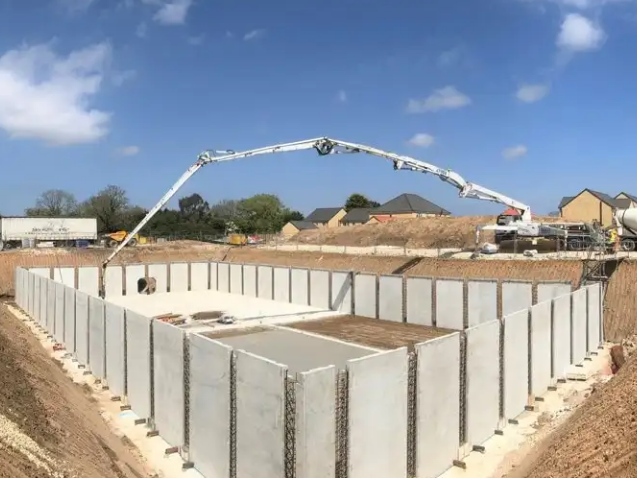What Are the Implications of Stormwater Mismanagement? How to Deal with Them?
Heavy rainfall
is a cause of concern for urbanities because due to the scarcity of pervious
surfaces, the water does not get managed in its natural way. In a rural
setting, most of the water is absorbed by tree canopies and soil. However, in
cities, this natural system is replaced by big buildings and concrete surfaces.
As a result, flooding and waterlogging are commonplace. While cities generally
comprise a well-designed stormwater drainage network, it fails to work properly
during the time of increased peak discharge. When a higher volume of water does
not get removed from the concrete surfaces, it keeps on gaining weight. As a
result, large volumes of water cause structural damage and erosion.
When runoff
water does not infiltrate through the ground, it carries away all the dirt and
pollutants to the storm drains. When this polluted water is drained away to the
rivers, it affects the aquatic ecosystem. The excessive amount of pesticides
and fertilizers in the water supports the growth of algae. As a result of his,
the oxygen level in the water is reduced to multiple times, ultimately causing
the death of fishes and other aquatic animals.
To prevent all
these problems, it is important to manage stormwater runoff. Read on further to
know how to manage stormwater properly:
1) Allow the
stormwater drainage network work properly
When maintained
properly, the stormwater drainage network can prevent flooding. We should
ensure that in instances of heavy rainfall, the stormwater drainage pipes are
not overloaded as it may burst due to excessive pressure. We also need to
ensure that no pollutants are dumbed to the storm drains.
2) Install a
stormwater attenuation system
We should
install a stormwater attenuation tank in our homes and
commercial complexes as it can detain the entire stormwater falling on the
campus. Once water is stored in this tank, it can be reused for cleaning and
gardening. Alternatively, this water can be allowed to be soaked by the ground,
or you can discharge it to the stormwater drainage network by using a flow
control device.
3) Minimize
impervious areas
You should
replace most impervious surfaces in the outdoors with grass lawns or other
permeable, biological surfaces. The previous surfaces will naturally filter
some of the contaminants present in the stormwater. The combinations of trees,
shrubs, and grasses can reduce the velocity of the runoff and increase the
permeability of the soil.
Conclusion- Maintaining the stormwater drainage network is the most important
way to prevent flooding in cities. Every household should comprise a stormwater attenuation plant to control the flow and volume of rainwater. Plus, we should
focus on replacing the impervious areas with vegetated surfaces.


Comments
Post a Comment